|
* 小惑星433エロスが2012/01/31に地球最接近 * A Rare Flyby of Asteroid Eros The first near-Earth asteroid to be discovered was 433 Eros in 1898. It made history then, in part by enabling the best determination of the astronomical unit and hence the scale of the solar system. Asteroid 433 Eros The NEAR-Shoemaker spacecraft recorded this view of asteroid 433 Eros on February 12, 2000. NASA / JPL / JHU-APL It made history again in 2000 and 2001, when NASA’s NEAR-Shoemaker probe took up orbit around it and then descended to its dusty surface. Eros is the second-largest near-Earth asteroid, after 1036 Ganymed, measuring 21 × 7 × 7 miles (34 × 11 × 11 km). And now you have an opportunity to view this celebrated object telescopically, as it makes a swing past the Earth this month and next. This is Eros’s closest approach since the much-observed one in January 1975, when it reached magnitude 7.0, and it'll be its last close pass until January 2056. *********************************************************** Asteroid Eros finder chart Click above to download detailed printable finder charts for asteroid Eros in PDF format. Sky & Telescope diagram *********************************************************** Click here to download finder charts showing its path southward across Leo, Sextans, and Hydra as it brightens from magnitude 9.2 on January 12th to 8.8 on the 18th and then 8.6 from January 25th to February 13th. It fades back to 9.0 by February 25th. Eros passes its closest to Earth on January 31st, but even then it’s not very close as near-Earth asteroids go: 0.18 a.u., or 70 times the Moon’s distance. On the charts, the ticks mark its position at 0:00 Universal Time on the indicated dates. This falls on the evening of the previous date in the time zones of the Americas. Interpolate to put a pencil dot on the track for when you plan to look. Stars are plotted to magnitude 9.0. In late January and early February Eros will be creeping along by almost 3′ per hour, so you can see its motion during an evening. Updates: . Amateurs and students can use position measurements of Eros to (re)compute the length of the astronomical unit. Read more and join the project . . From Italy, Gianluca Masi at Bellatrix Observatory writes, "at the Virtual Telescope we will offer a live online observing session" of Eros's passage, in exchange for a 1-euro donation, starting at 0:00 February 2nd UT. Posted by Alan MacRobert, January 13, 2012 |
Sky & Telescope
http://www.skyandtelescope.com/observing/highlights/A-Rare-Flyby-of-Asteroid-Eros-137273448.html −−
2012年01月28日
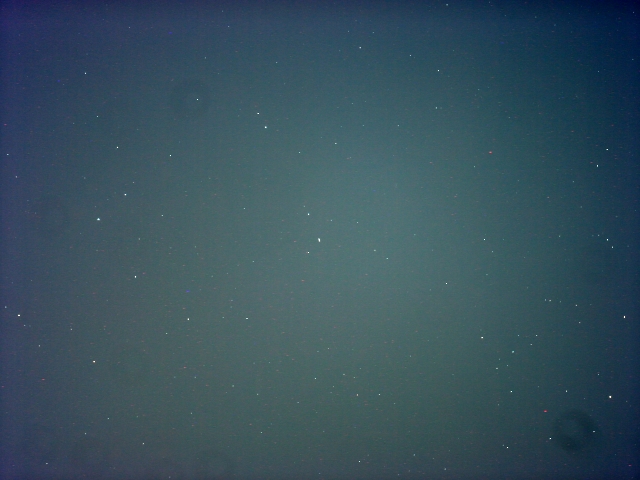
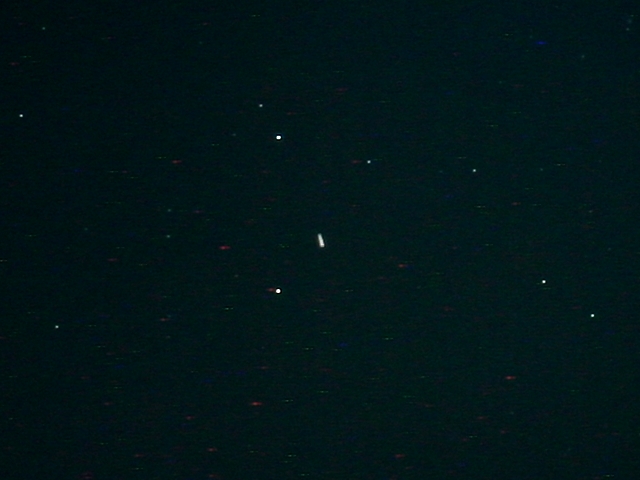
433<小惑星エロス>
2012/01/28T21:45:26〜21:57:11までの30秒間露光20を合成
露光時間:30秒*20=10分 t-T=-4秒
ε160/530mm + LPS-P2 + 300D/ISO400 / EM200Temma2
StellaImage4で合成、レベル補正とリサイズ
2012年01月29日
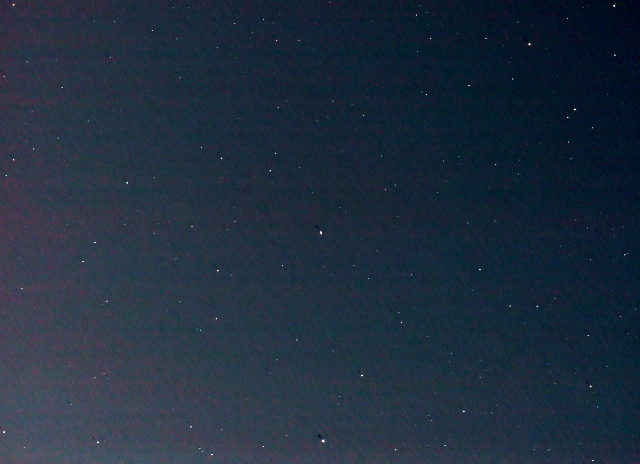
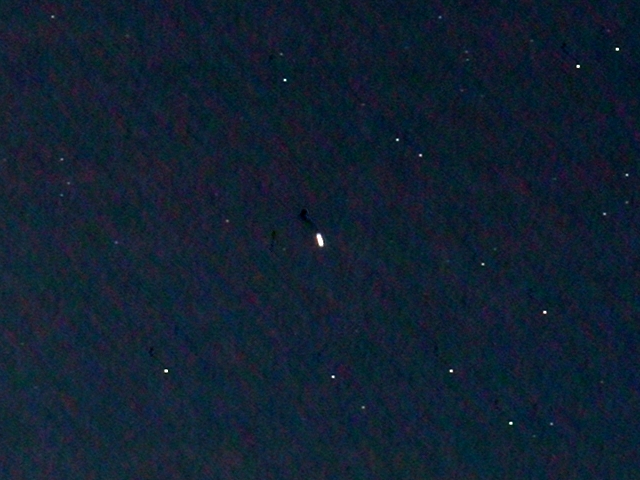
433<小惑星エロス>
2012/01/29T22:00:26〜22:12:04までの30秒間露光19枚を合成
露光時間:30秒*19=9分30秒 t-T=-4秒
ε160/530mm + LPS-P2 + 300D/ISO400 / EM200Temma2
StellaImage4で合成、レベル補正とリサイズ
2012年01月31日
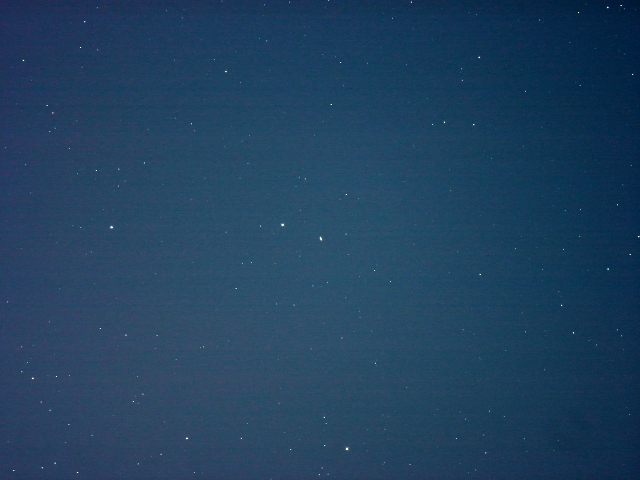
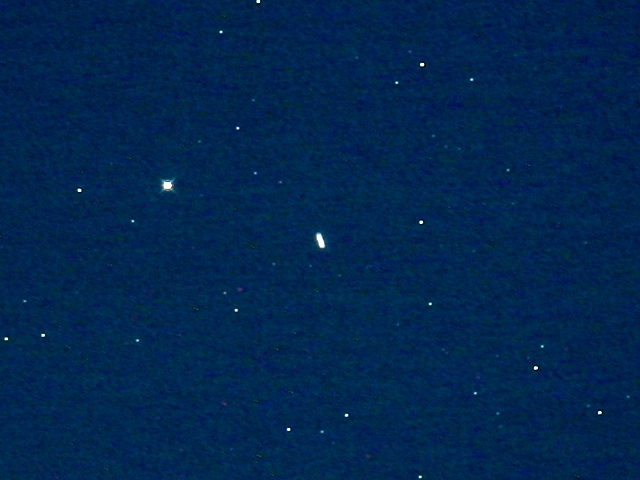
433<小惑星エロス>
2012/01/31T22:12:31〜22:25:28までの30秒間露光20枚を合成
露光時間:30秒*20=10分 t-T=-1秒
左上の最微星は15.91等
ε160/530mm + LPS-P2 + 300D/ISO400 / EM200Temma2
StellaImage4で合成、レベル補正とリサイズ
2012年02月02日
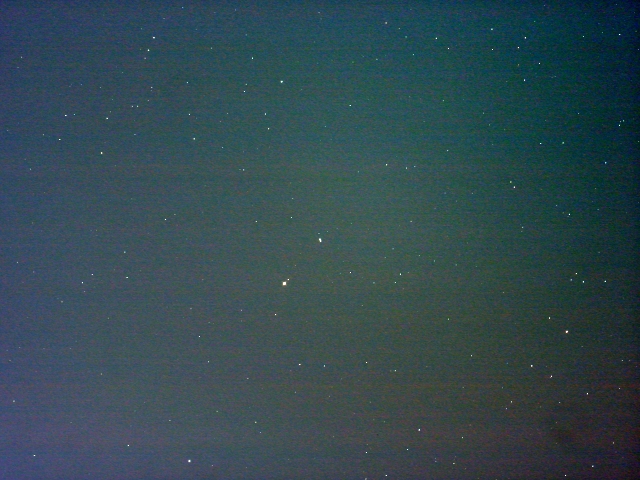
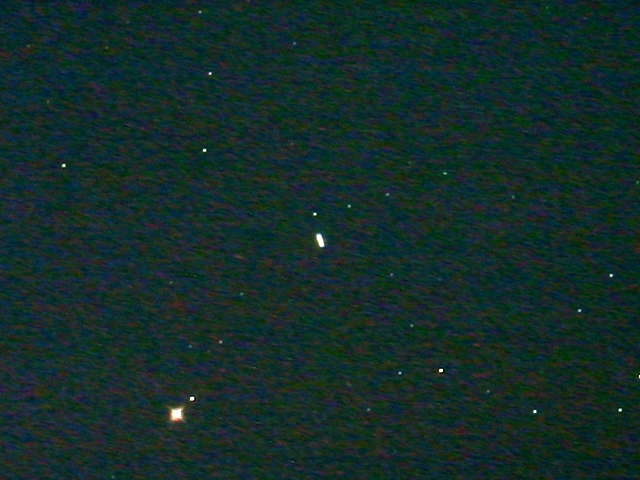
433<小惑星エロス>
2012/02/02T21:56:31〜22:08:11までの30秒間露光20枚を合成
露光時間:30秒*20=10分 t-T=+1秒
右下の最微星は15.40等
ε160/530mm + LPS-P2 + 300D/ISO400 / EM200Temma2
StellaImage4で合成、レベル補正とリサイズ
2012年02月03日
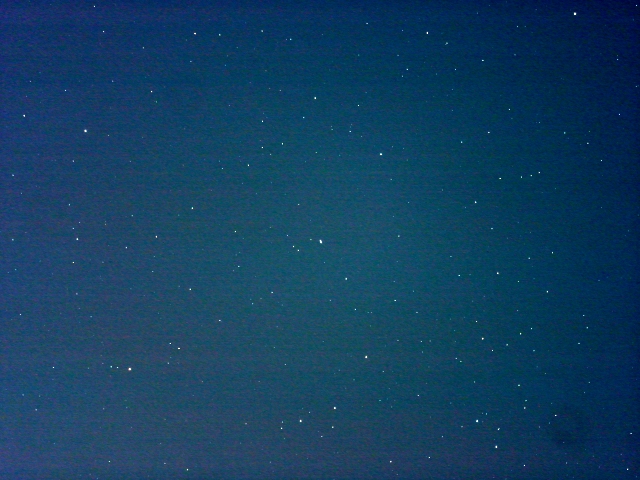
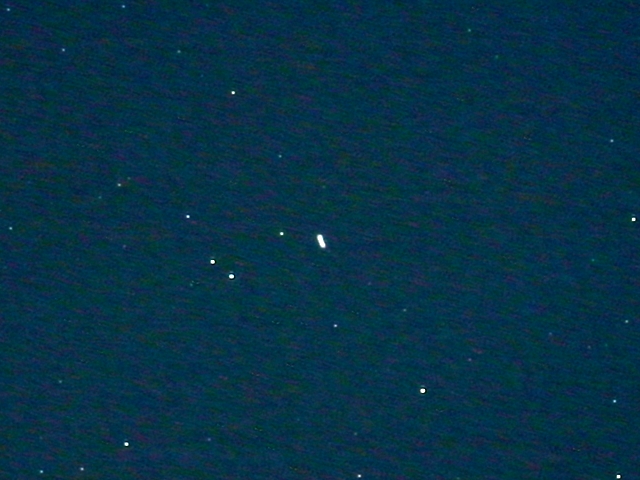
433<小惑星エロス>
2012/02/03T22:40:32〜22:52:15までの30秒間露光20枚を合成
露光時間:30秒*20=10分 t-T=+2秒
左端近くやや上の最微星は15.22等
ε160/530mm + LPS-P2 + 300D/ISO400 / EM200Temma2
StellaImage4で合成、レベル補正とリサイズ
2018年11月01日10.3等
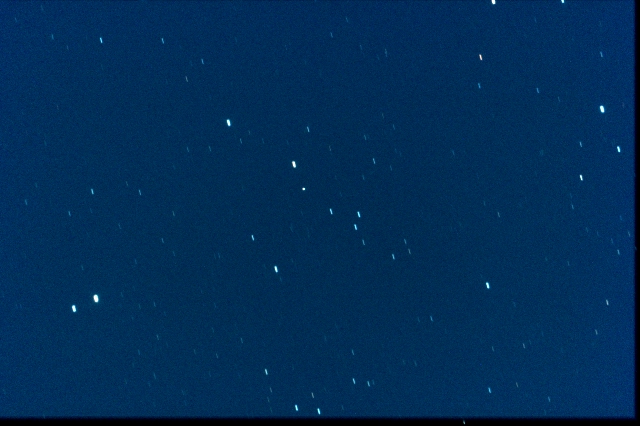
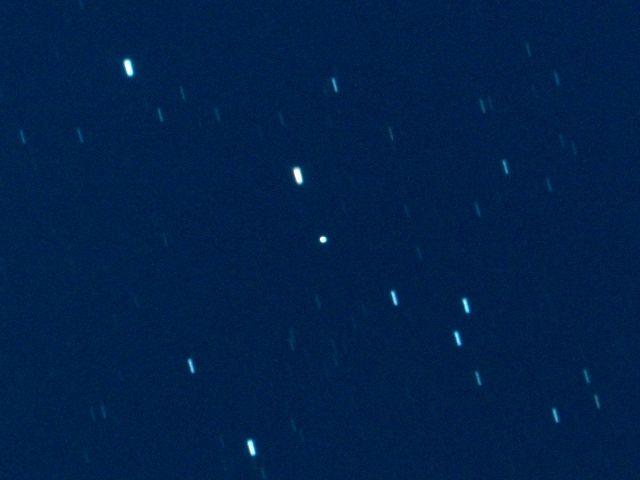

433<小惑星エロス>
2018/11/01T21:23:54〜21:56:04までの30秒間露光20枚を合成
露光時間:30秒*20=10分 t-T=-06秒
Mewlon210FR/2050mm + LPS-P2 + 60D/ISO3200 / EM200Temma2
StellaImage6.5で合成、レベル補正とリサイズ
「彗星・小惑星目録」に戻る 「C/2010 G2 ヒル彗星」に戻る 「C/168P ハーゲンローザー彗星」に進む